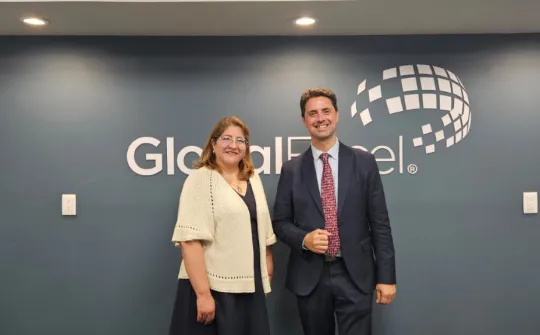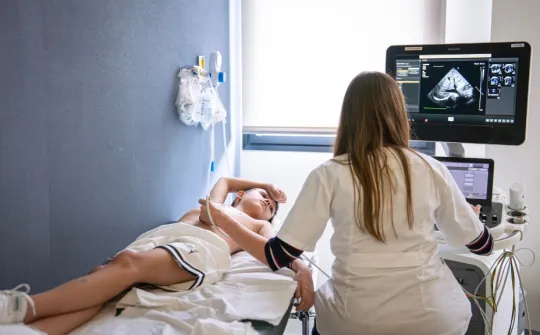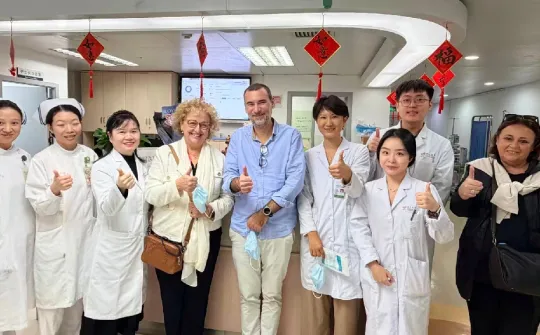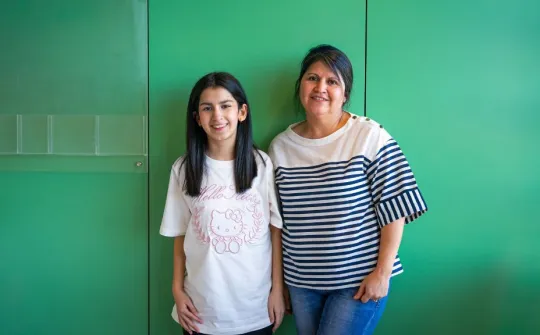The Orthopedics and Traumatology Department performs the first scoliosis surgery with augmented reality in Spain
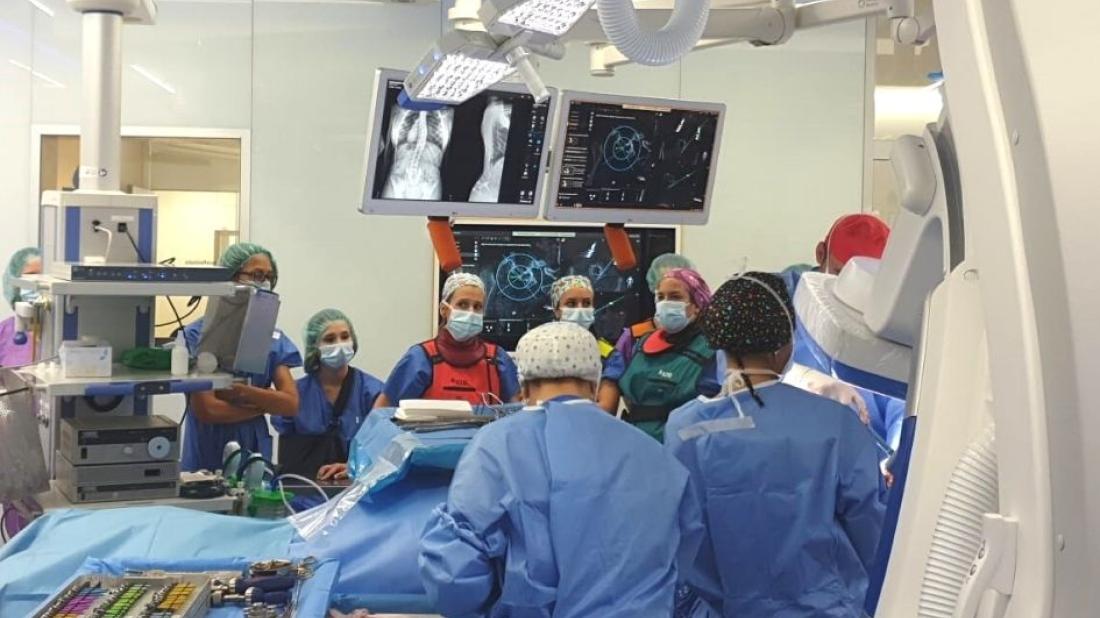
In a young woman from Bilbao, this technology helped place the screws with greater precision to correct the severe curve in her spine.
A team from the SJD Barcelona Children's Hospital Orthopedics and Traumatology Department has used augmented reality in scoliosis surgery for the first time in Spain.
The patient who has benefited from this new technology, called ClarifEye, Augmented Reality Surgical Navigation, developed by Philips, is a 16-year-old young woman from Bilbao who suffered from scoliosis with a curvature of 70 degrees that forced her to walk leaning to one side. People who have such a pronounced curvature of the spine can also suffer severe back pain, respiratory failure, heart failure and spinal cord compression problems.
Thanks to augmented reality, the orthopedic surgery team are able to have images of the area they are operating on fused in real time with other images from the surgical planning. Having the images side by side like this enables the team to carry out the operation as planned, and helps them insert 94 per cent of the screws in exactly the right place in the patient's spine to correct the curvature.
Until now, the surgical team used the so-called "free hands" technique, using anatomical landmarks and palpating with surgical instruments to determine where the screws should be inserted. With that technique, an estimated 20 to 40 per cent of the screws are not placed quite so precisely. With the new technology, that rate falls to six per cent, considerably reducing the risk of repeat surgery being required.
Alejandro Peiró and Imma Vilalta, members of the SJD Barcelona Children's Hospital Orthopedics and Traumatology Department spinal surgery team that carried out the operation, find augmented reality particularly useful when it is difficult to work from anatomical landmarks, for example in people with very severe deformities, when the shape of the vertebrae is not normal (skeletal dysplasias) and where there is also vertebral malformation.
Healthcare professionals also believe that the ClarifEye technology will be ideal for non-invasive interventions on less severe scoliosis, where bone resection is not required, which until now has involved open surgery.
Augmented reality may also be applied and extended in the future to many other interventions in the field of traumatology. César García Fontecha, Head of the Orthopedics and Traumatology Department, is currently working on applying it to tumour surgery, corrective surgery for skeletal dysplasias and corrective surgery for complex limb deformities and malformations.
"We are very pleased that international access to ClarifEye is expanding, and that more hospitals and patients can experience its benefits first-hand", said Karim Boussebaa, Business Leader Image-Guided Therapy Systems at Philips. "As the latest novelty in spinal surgery, ClarifEye adds a new dimension for patients in surgical precision. Through innovation, we want to help improve procedures and help healthcare personnel meet the four-fold goal of improving health outcomes, improving both the patient experience and staff satisfaction, and lowering the cost of healthcare, and our latest innovation in spinal surgery is a great example of that".
SJD Barcelona Children's Hospital is a reference centre in Spain for orthopedic surgery and pediatric traumatology. It is the hospital that performs the most scoliosis operations in Spain, on 90 to 120 boys and girls each year. One in four of these patients comes from outside Catalonia.
